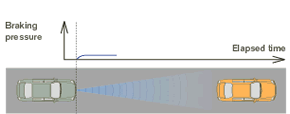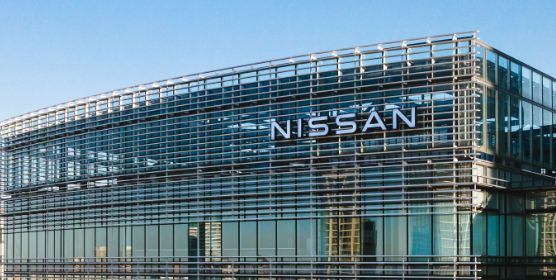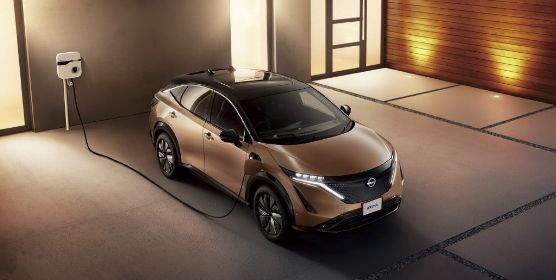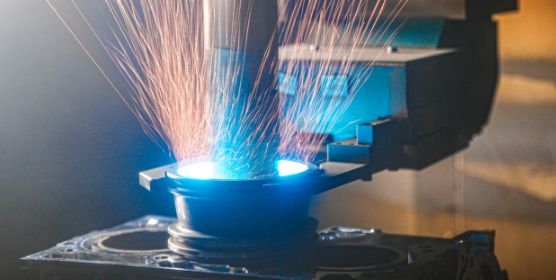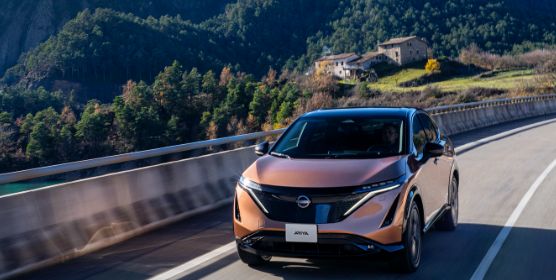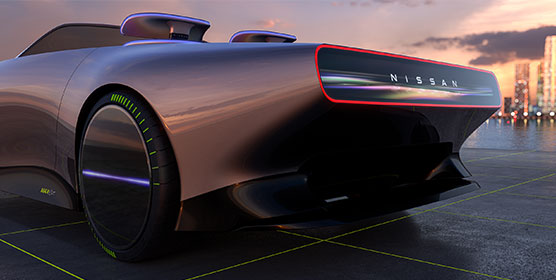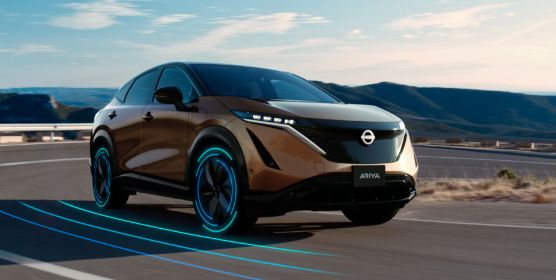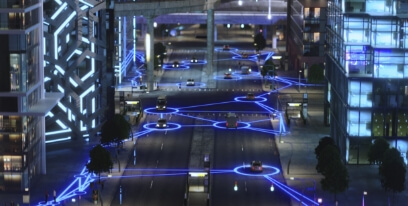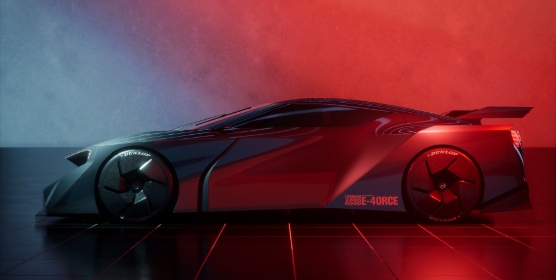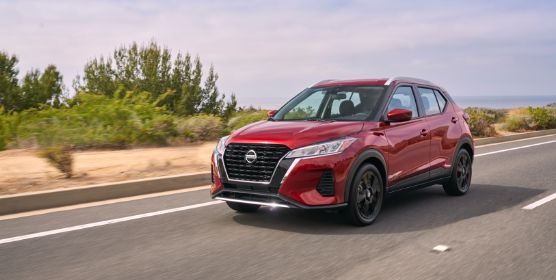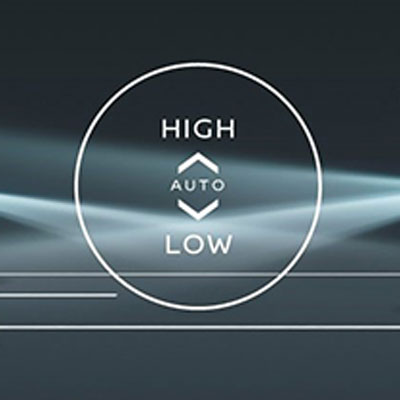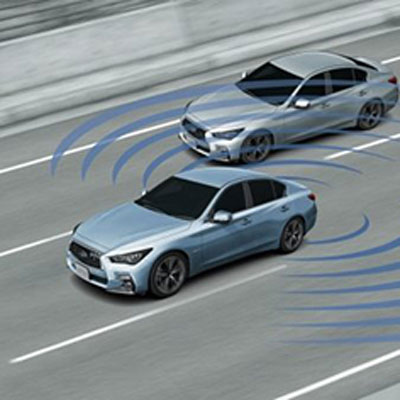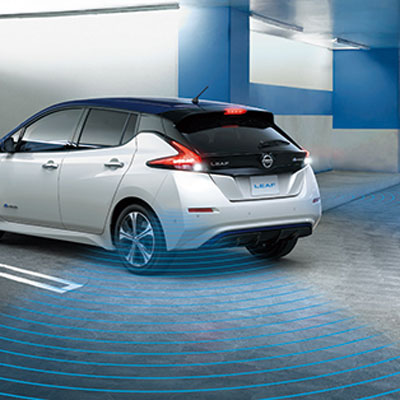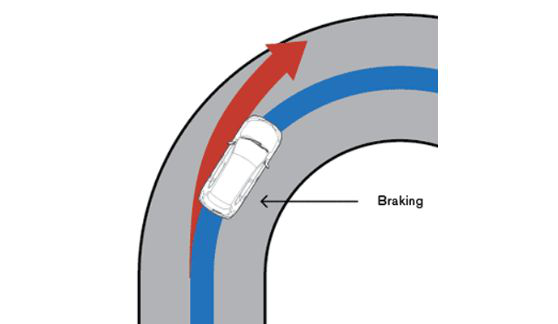Intelligent Brake Assist
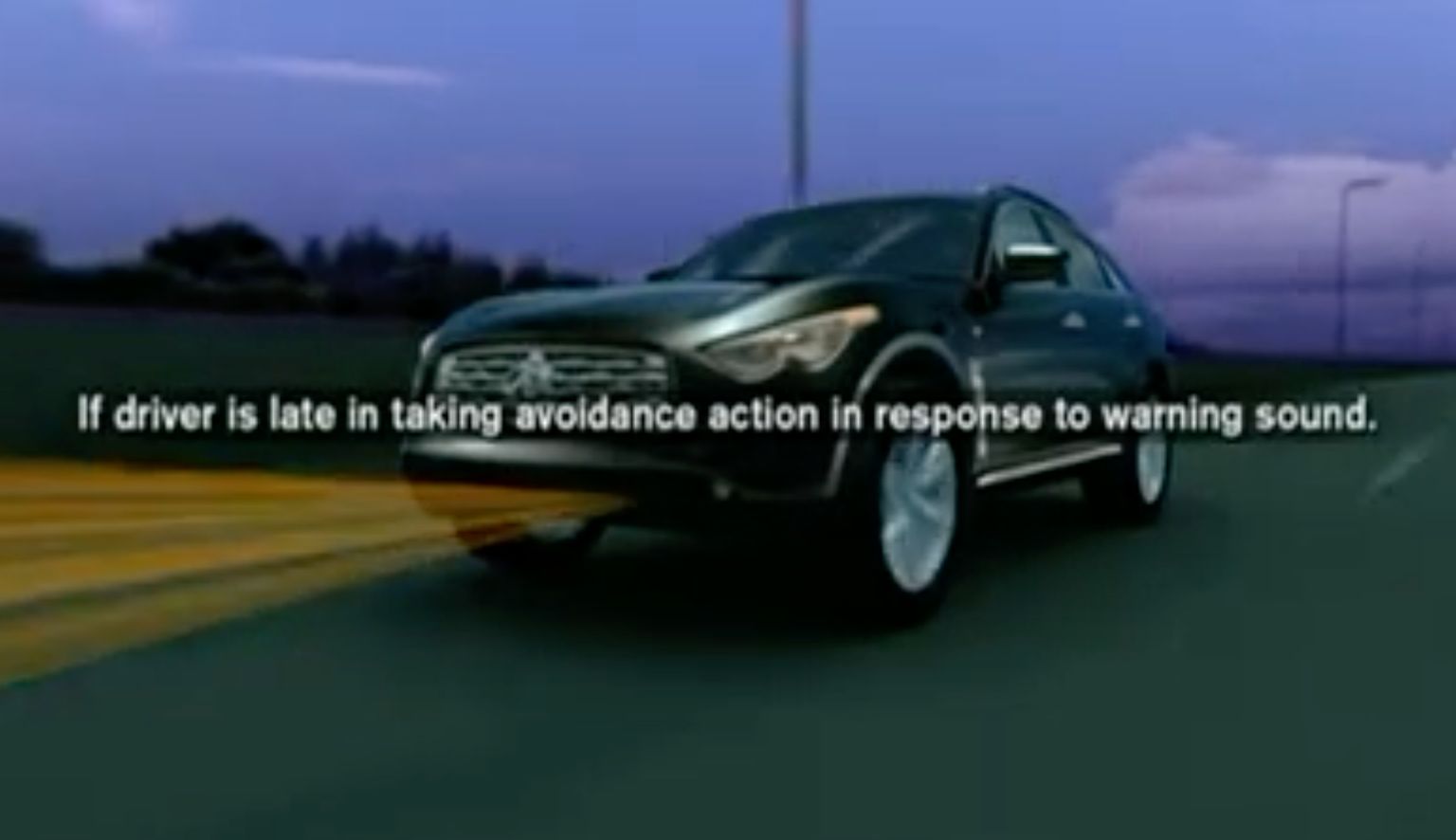
This system helps reduce occupant injuries in rear-end collisions.
Rear end collision is the most frequent type of traffic accidents.
Rear end collision is most frequent and accounts for approximately 30% of total accidents in Japan.
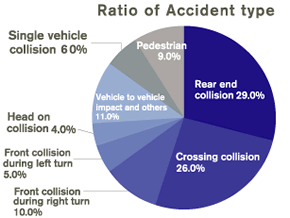
※ Source: Institute for Traffic Accident Research and Data Analysis, Japan (FY 2001)
The
laser
radar
sensor
detects
the
distance
to
a
preceding
vehicle
and
the
relative
velocity.
If
necessary,
the
system
activates
the
brakes
of
the
vehicle.
The
vehicle
assists
the
driver's
braking
action
according
to
the
situation.
Intelligent
Brake
Assist
helps
avoid
rear-end
collisions,
and
it
also
works
in
concert
with
the
Brake-Operated
Pre-crash
Seatbelts
to
help
mitigate
injuries
in
the
event
a
collision
is
unavoidable.
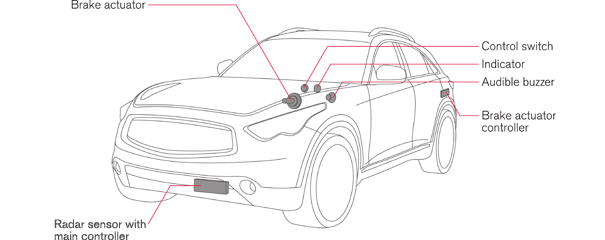
Intelligent Brake Assist
When there is a risk of a collision with the vehicle in front and the driver must take avoidance action immediately.
The system sounds a warning to prompt action by the driver to help avoid a rear-end collision.
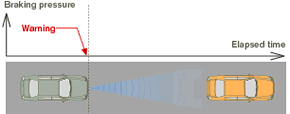
When a rear-end collision cannot be avoided by the driver's action.
The system activates the brakes to decelerate the vehicle, thereby helping to reduce occupant injuries resulting from the collision.
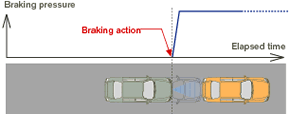
Brake Assist (with a preview function)
When the system judges emergency braking is needed, based on the distance to the followed vehicle and relative velocity.
The system reduces play in the braking system to improve braking response.
